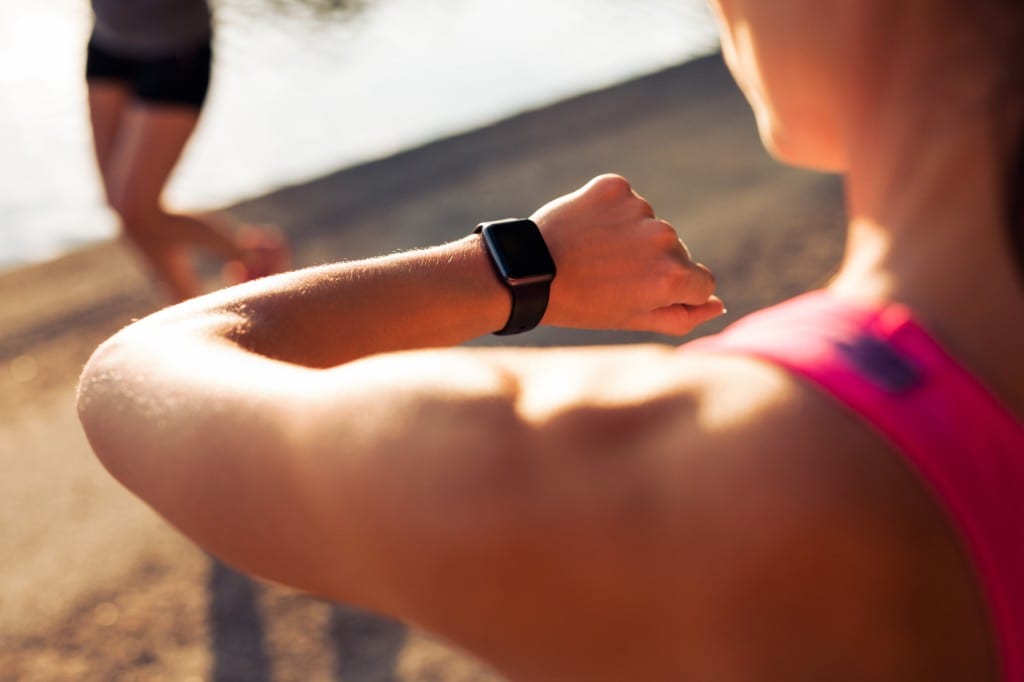
Over the last few years we have all applauded the way certain campaigns have helped to advance the role of women in sport and society. Campaigns like Sport England’s This Girl Can and Glamour Magazine’s Say No To Sexism in Sport, or brands such as Virgin Media which featured England football captain Steph Houghton in its recent TV ad, have made important steps to help shift social attitudes and change behaviours.
Incredible progress has been made, but as we look forward to Rio 2016 this summer, I believe more can and should be done to help advance the role of women in sport, whether that be playing, spectating, coaching or leading the industry. The fact that we have a mere handful of campaigns to celebrate female empowerment is evidence enough that the opportunity for more brands to play a bigger part in the conversation is there.
According to research, 50 percent of women surveyed watch more than three hours of sport a week [Sportswise study], nearly half of women under 50 (48 percent) declare themselves either interested or very interested in sport [Repucom Sports DNA] and one quarter of women (25.8 percent) follow football frequently [Kantar Sport’s SportsScope]. While the numbers may not be as high as men, this still represents a sizable audience group that is currently being under represented, and a missed opportunity for brands to truly shape how they communicate with, and for, women in sport.
Anna Kessel, journalist for the Guardian and the Observer, author of Eat.Sweat.Play: How Sport Can Change Our Lives, and chair of Women in Football begins to unpack this state of affairs when she asks:
“Why does the sports industry still reflect an archaic picture of sport as a gendered place – for men only? Why do sports advertisements largely only ever feature men? Why does sports coverage focus so much on men’s sport, covered by men, all the while ignoring half the population? For the longest time women and girls have been sidelined – and at times actively barred – from accessing sport: as participants, fans and industry members. But things are changing, and fast.”
Organisations like Women in Sport, Sport England, the English Institute of Sport, the ECB, the FA and many others do an incredible job encouraging participation in sport and promoting excellence at the elite level. In fact, if Team GB women were a country at the London 2012 Olympic Games, they would have finished eighth in the medal table – ahead of the entire countries of Australia, Italy, Japan, Jamaica and Spain.
Sports women are not underperforming, far from it. You need only look at the achievements of England’s Lionesses at the 2015 Fifa Women’s World Cup. And yet, the reach and appeal of governing bodies to push this message will only go so far. Alone they cannot achieve the mass awareness needed to make female sporting achievement mainstream, and therein lies the opportunity for brands: by investing in women’s sport, brand managers can elevate the awareness for female sport and drive brand affinity by reaching an underutilised market of billions of female consumers globally.
Women are often at the helm of purchase decisions. Brands have a huge opportunity to build and create new female role models whilst making female fandom normal, as Gabby Logan, sports presenter describes:
“We are more likely to feel we belong to a brand, or that we have loyalty if they are aligned with what we support and believe in. Women’s sport and its prominence is so important to a healthy society that to me there can be nothing but positivity if you align yourself to those values. We know that the power of sport is huge, with Women’s sport feels like we have barely tapped into that power.”
Rio 2016 will likely continue the momentum with many of Team GB’s medals likely to come from our female athletes. Greater visibility for female sports can inspire the next generation of sporting superstars and give confidence to girls to list ‘playing sport professionally’ as a dream that is completely achievable as the group Women In Sport argues: “By increasing the visibility of women’s sport, in the media and everyday life, we will inspire people to play their part at every level and make sport normal for women and girls.”
Media and marketers have a pivotal role to play in helping manufacture the superstars and role models that break through into the wider public consciousness. “Brands have failed to see the value female ambassadors provide,” explains Jo Tongue, CEO of Tongue Tied Media and former BBC presenter. “While there is change in the marketplace, it is slow and brands have yet to capitalise on the real value available to them in the female sports space.”
However, brands needn’t take big risks – they can begin with incremental steps as Anna Kessel describes: “We need marketing expertise and commercial investment to showcase the women’s game… we need the industry to mirror the progress being made in sectors elsewhere – such as finance, where the gender pay gap is being made public – so that women are encouraged into an industry full of opportunities, not barriers.”
Alison Kervin, sports editor of the Mail on Sunday, calls on brands to inspire: “What I would ask of brands is that they make a commitment to inspire women, encourage women, and back the very best of women. That they make a commitment not to reduce themselves to stereotypes, not to undermine women… but to understand the strength, determination and guts that it takes to be a woman fighting in a male dominated world is very marketable.”
Given this context, there are three questions I believe every brand manager should be asking themselves:
1. Whether you market to men or women, could your brand consider the untapped potential of targeting women through sporting sponsorship or partnerships?
2. If you’re already involved in sport, are you overlooking how your brand could be prioritising women’s sports as a game-changer to meet your objectives?
3. Have you looked at the ROI of supporting female sports, and their potential reach amongst the customers you’re targeting?
The reality is, there is a long road ahead to truly feel like women interested in, excelling at and inspired by sport are appropriately represented in Britain. However one thing is for certain: sport for women and girls is a movement that is not going away. The opportunity is ripe for brands to seize the chance to be part of it.
